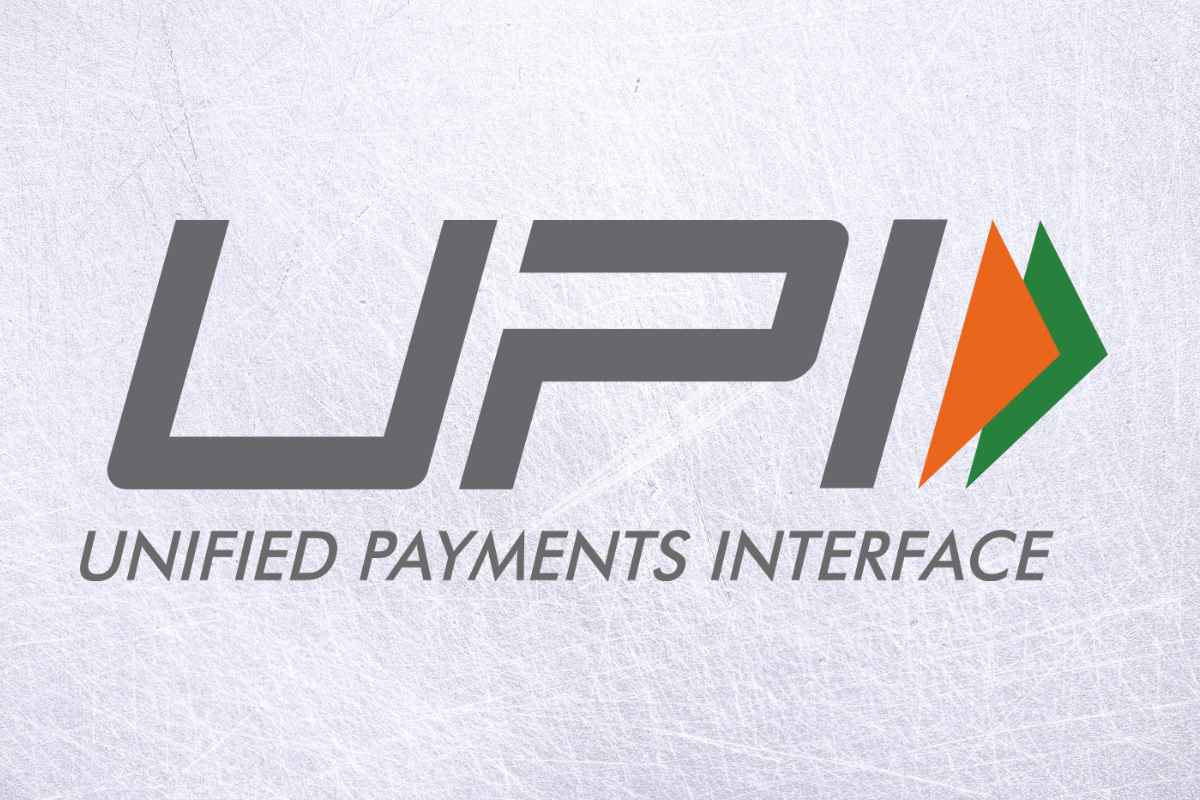Users of UPI will now be able to get access to UPI Lite which is all set to debut as an on-device wallet option for users on the Unified Payments Interface (UPI). The UPI Lite will enable small-value transactions in offline mode. The member banks of the National Payments Corporation of India (NPCI) were informed about the launch of the UPI Lite by the latter. UPI Lite is basically going to be the corporation’s answer to mobile wallets including Paytm and MobiKwik.
Details on UPI Lite
For those unaware, the Reserve Bank of India (RBI) had introduced a framework for facilitating small-value digital payments in offline mode back in January and the UPI Lite will be launched in accordance with the central bank’s model. NPCI has released a circular that states that users on UPI apps will have the option to enable UPI Lite for making small-value transactions in offline mode. The enabling of UPI Lite will allow users to allocate funds from their bank account to UPI Lite. In the initial stages of its launch, UPI Lite will process transactions in near offline modes which means that it will only debit payments in offline mode and credit the account when online. Although NPCI has informed that the option to process transactions in complete offline mode where debit and credit both will be offline will be introduced later. The upper limit on a UPI transaction has been set at Rs 200 whereas the total limit of balance for the on-device wallet can be up to Rs 2,000 as informed by NPCI. It is to be noted that adding new funds to the UPI Lite account will only be allowed in online mode with additional factor authentication (AFA) or using UPI AutoPay. The balance on UPI Lite will not witness the imposing of any interests just like the mobile wallets such as Paytm. Users will also not be required to enter the UPI PIN for making any transactions through the on-device wallet. Moreover, the circular from NPCI also states that a single user can have multiple UPI Lite balances which will depend on the number of UPI apps they have to access one designated bank account.
